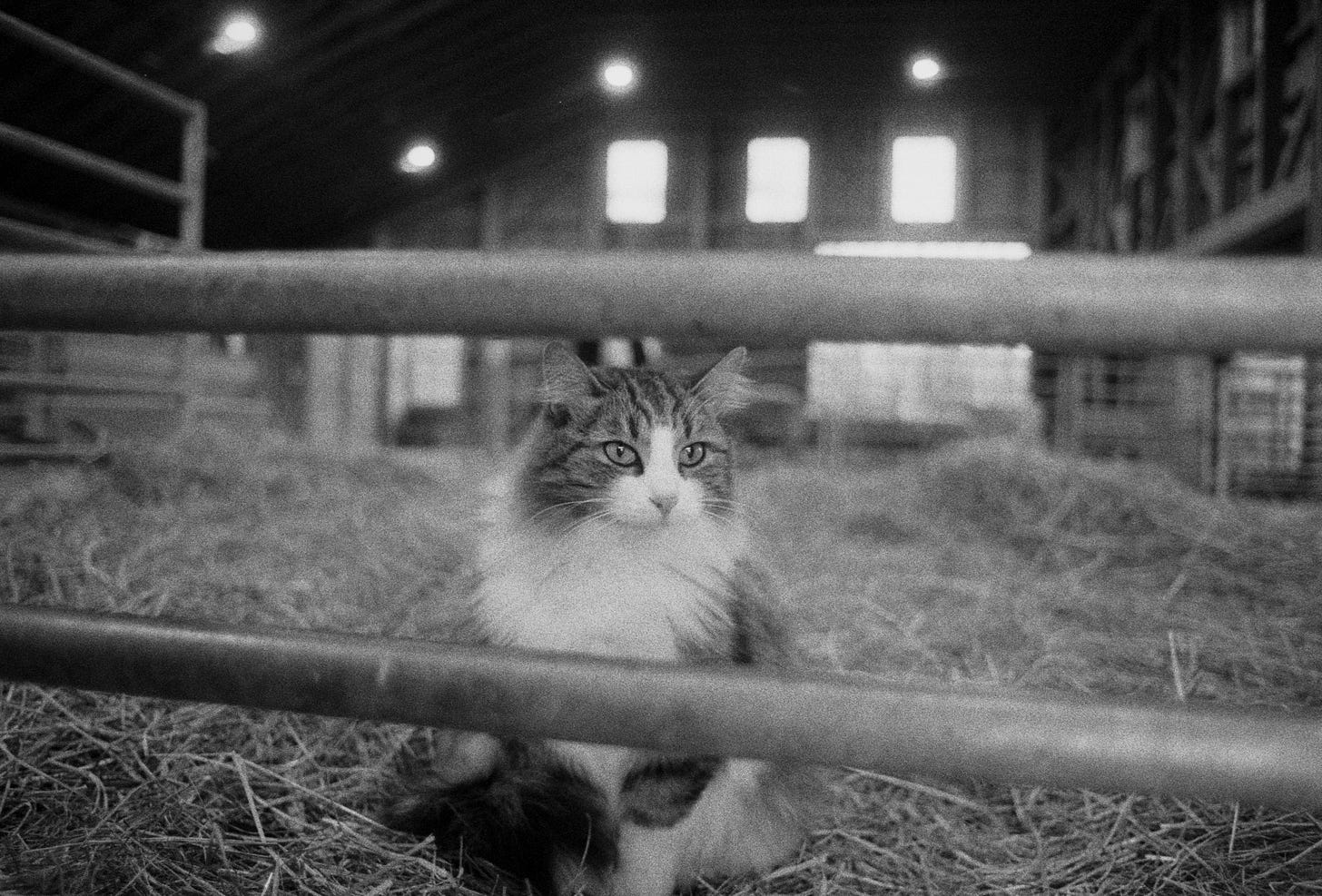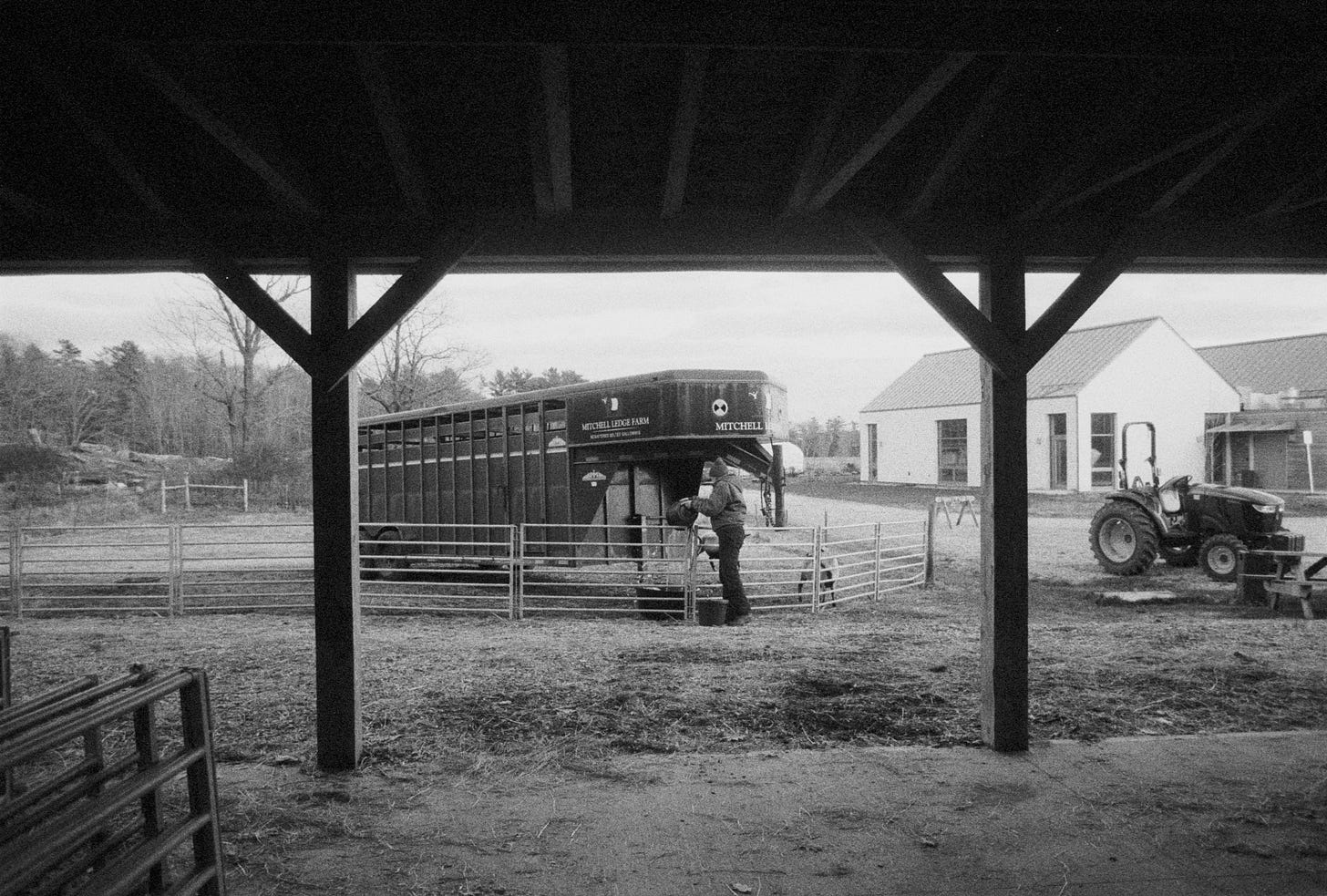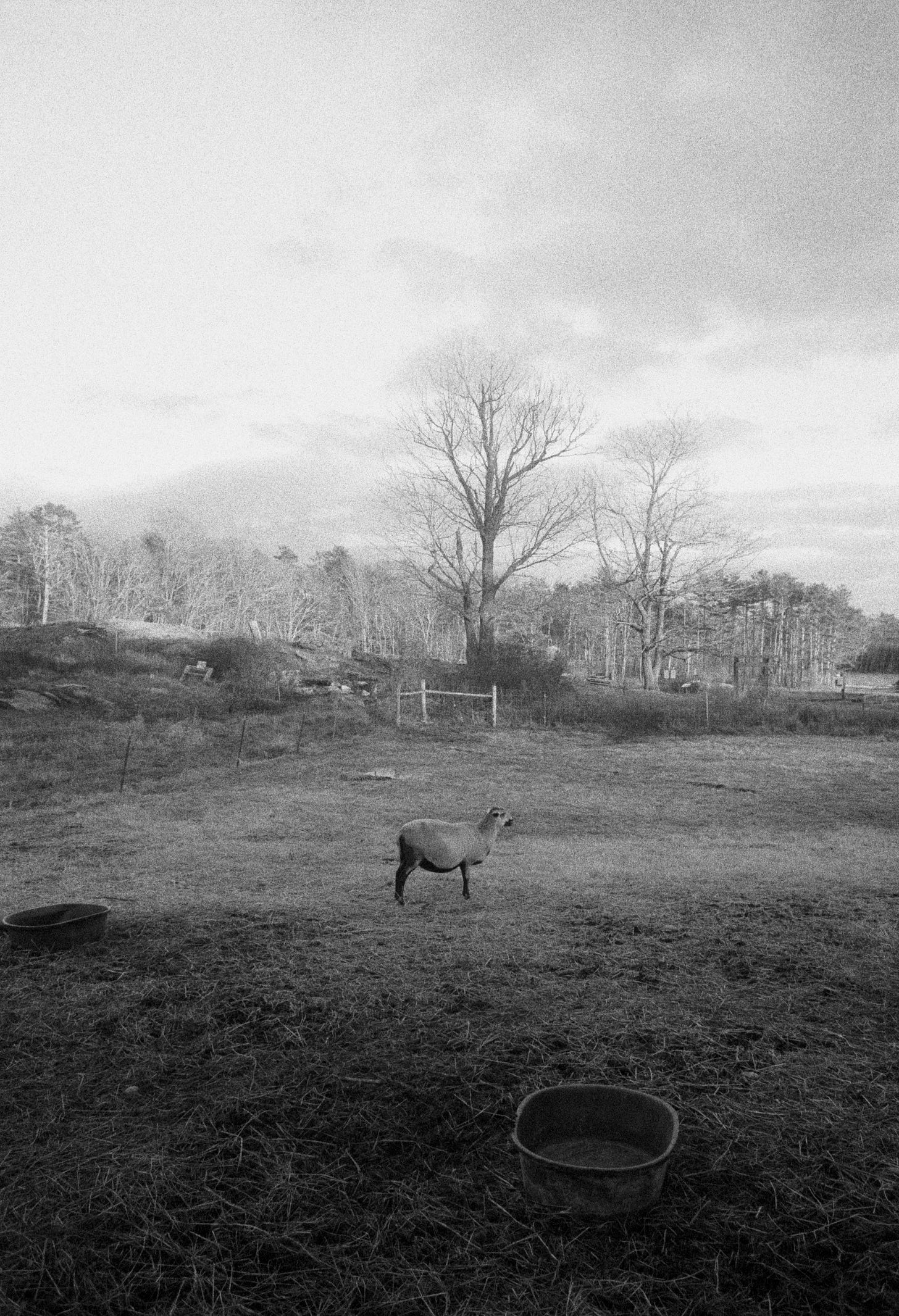Overview
Ilford Delta 3200 is one of two 3200 speed films on the market, the fastest available today. Like it’s competitor, Kodak T-Max P3200, it’s actually a black and white 800-1000 speed film meant to to be pushed 2 stops in development, though this is baked into the development instructions, i.e. “box speed” is 3200. It can be found for $14.66 on Ilford’s website and in the $14.50-$16 range from other retailers.
For those that shoot medium format, Delta is available in 120 while T-Max isn’t, so you don’t have a choice if you want 3200 film.
Eric’s Thoughts
Cameras: Nikon FE2 (Nikkor 50mm f/1.4 AI)
Metering: EI3200
Development: Pro Photo Connection (Ilford Ilfotec DD)
Scanning: Nikon Coolscan IV/Nikon Scan/Adobe Camera RAW
All photos posted as scanned, no crops, edits, etc.
After shooting Kodak’s T-Max P3200. I was excited to try the other 3200 speed film on the market, Delta 3200. My roll went with me to Taiwan, where I hoped to shoot streets and markets at night. It also ended up in my FE2 opposite a roll of Portra 800, so it got occasional use in daylight when black and white was called for.
While T-Max has a contrast profile I enjoy more, I find myself somewhat preferring the Delta’s grain. In well lit scenes, it was more reasonable and photos shot in brighter daylight conditions were more usable and comparable to 400 and 800 speed films. T-Max photos shot in daylight show much heavier grain. Note that my lab develops BW in Ilfotec DD, which is the recommended developer for this film, so T-Max be starting with a disadvantage here.
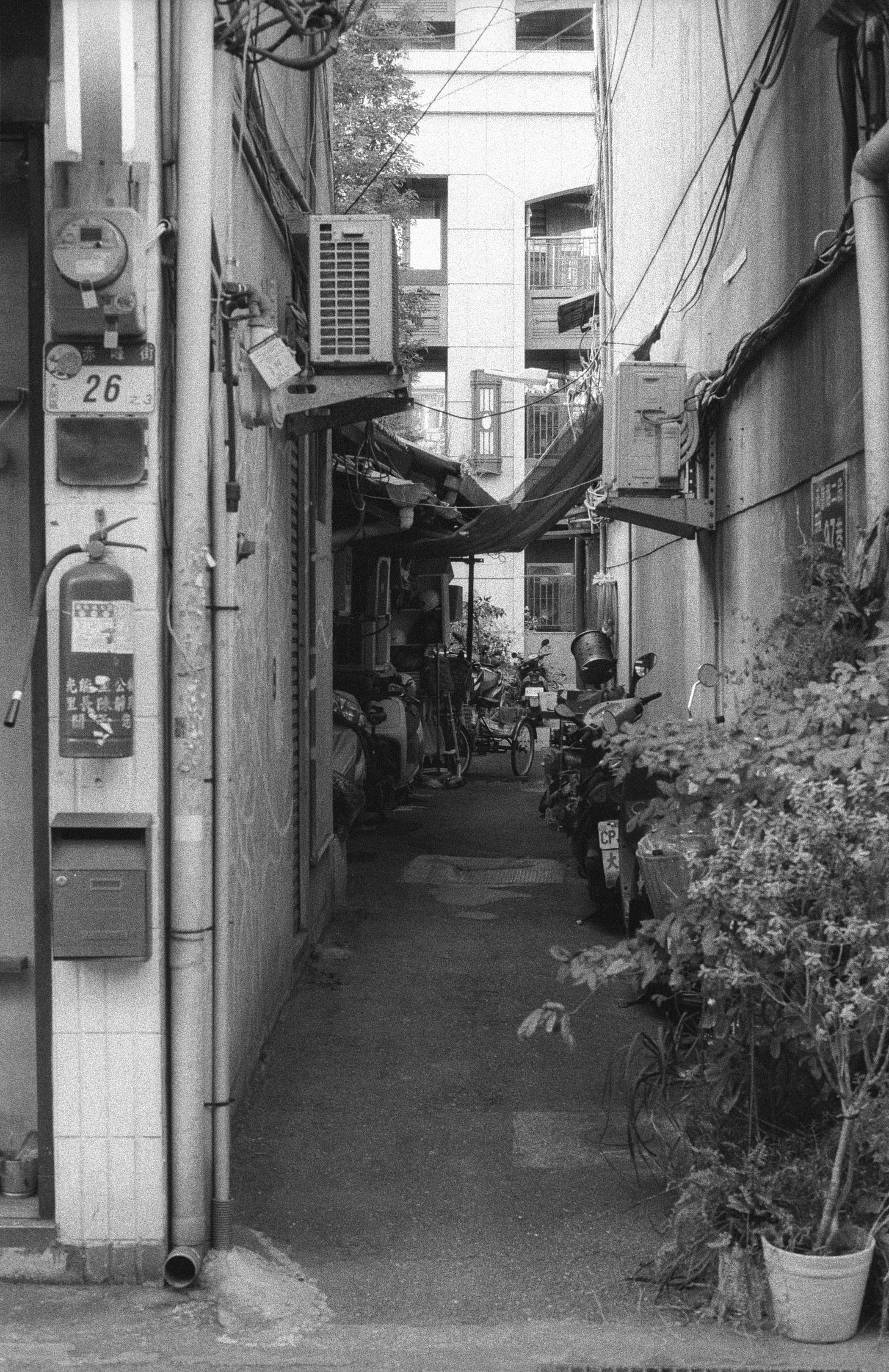
Based on very non-scientific estimation, it feels like T-Max may be slightly faster - 1/2 a stop or so, but the difference is slight if any. I guess if I needed absolutely all the sensitivity I could muster, T-Max may be preferable, but generally I think Delta is more usable.
Delta has great exposure range - as showcased in some photos shot in daylight down alleyways and at night markets - the dark areas present reasonable detail while the highlights are well exposed.
It’s hard to tell how great the contrast is from the roll I shot—all the photos were naturally very high in contrast or very evenly lit. However, Delta rendered all the frames well.

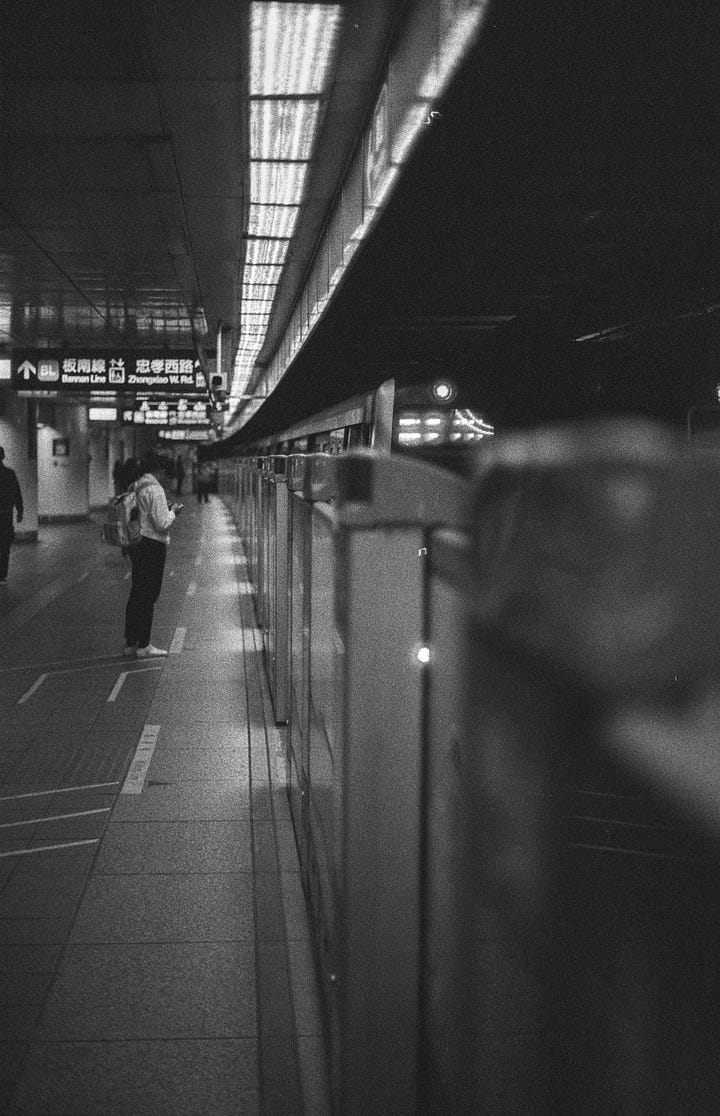
Another interesting surprise of Delta was how much detail it resolved. I feel like the reputation of high ISO films is a loss in resolution and detail, but I feel like Delta did a good job. Of course, it’s not Fuji Acros, but it does plenty well for what it is.
I like Delta, and I think it’s more generally usable compared to T-Max. I’ll have to experiment with how pushing HP5+ 3 stops compares in terms of grain performance, but until then, I’ll probably keep a roll Delta in my fridge. The price does hurt a bit, especially with my lab offering relatively cheap push processing, but this one is definitely a roll I’ll be shooting more of.
Andrew’s Thoughts
Camera: Canon AE-1 (Canon new FD 28mm f2.8 lens)
Development: Full Circle Fine Art
Scanning: Plustek 8200i SE, Silverfast 9
My first experience with Delta 3200 was I brought three rolls of 3200 speed film to an indoor work event the other weekend: two rolls of Kodak T-Max P3200 and one roll of Ilford Delta 3200. As it was a private event, I won’t use the pictures from it; the images posted here are from a second roll of Delta 3200 shot later.
In a moderately lit hotel conference room and erring on 1/3 stop overexposed, both films allowed me to shoot handheld at 1/125s f/2.8 and gave me satisfying results, with sufficient latitude to cover minor lighting changes.
Based on other comparisons between these films, I went in thinking I would prefer T-Max. I liked the higher contrast in the sample photos, and some reviews stated the grain would be finer on T-Max. However, based on my results, I prefer Delta. It’s not a huge margin, but I found the lower contrast more pleasing conditions while T-Max had a harsher and grittier look. This is not to say T-Max was bad; in fact, I quite liked a lot of my photos with it as well. However, Delta seemed to tame highlights better with its lower contrast and would be my choice for reportage photography. If I wanted a more dramatic look, like a concert, T-Max might be my choice.
With the usual “grain can depend heavily on your development process” disclaimer, I’ll say I didn’t notice a significant difference in grain between the two films. If anything, I give a slight edge to Delta. To me, both films are grainy enough that you shouldn’t expect to retain much detail if you crop in.
Like Eric, it does look like T-Max might be slightly (~1/3 stop) faster than Delta based purely on subjective results. This might also just be an effect due to its higher contrast.
One reasonable question is whether either of these films is significantly better than 400 speed film pushed 2-3 stops (see Eric’s HP5 Plus review for a push to 1600). Both 3200 films still come out cheaper than paying for this push processing at my lab, but if I was developing at home I think it could be hard to justify the cost of either.
For those times when I need a fast film, I’ll be reaching for Delta 3200. There’s probably enough variation in results due to development that you should try both 3200 options for yourself; they might turn out different than what you see here.







